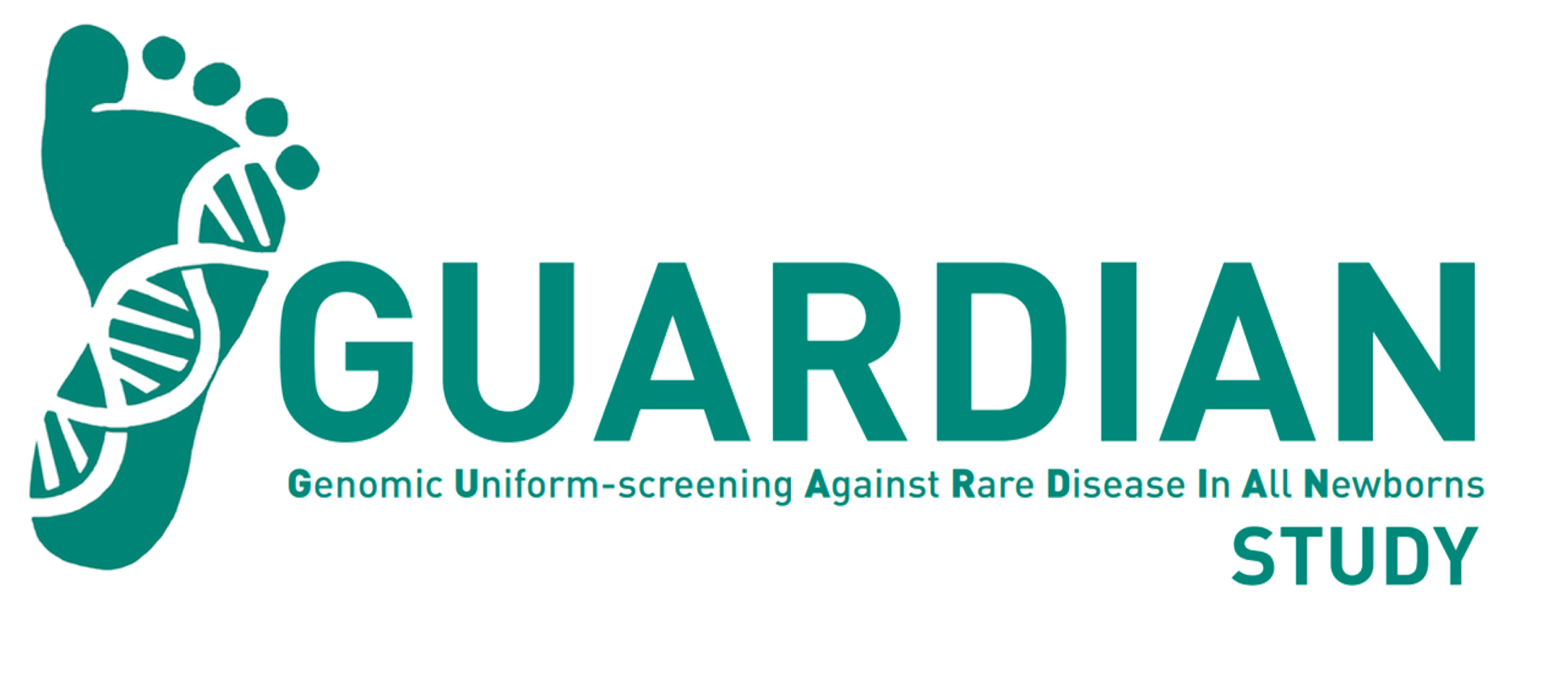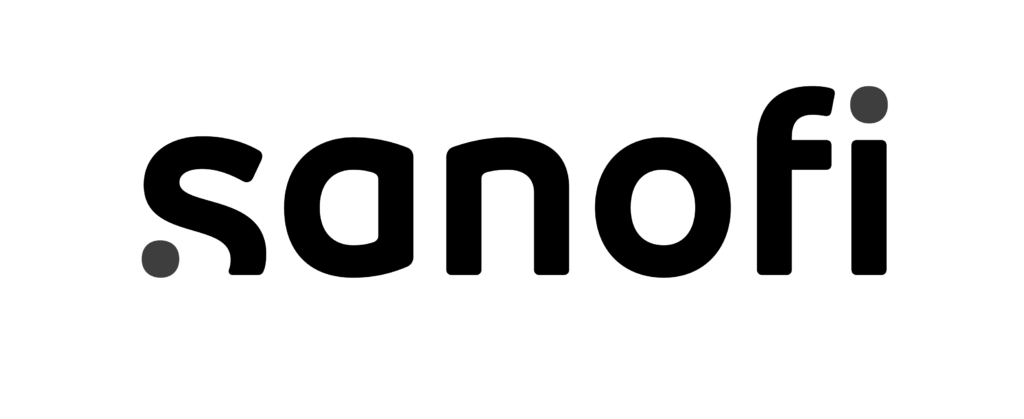Group 2 Conditions
Parents can also choose to have their baby screened for an additional 100 conditions (Group 2). There are no medicines to treat for these conditions yet. Medicines may be in development, although we don’t know how well they will work. Early diagnosis of these conditions can support you and your child with early intervention services including physical therapy, occupational therapy, and speech therapy. It may also allow your child to start treatment or interventions if or when they become available, as well as to be part of research studies investigating new treatments.
Most conditions affect multiple systems. The categories below provide guidance on the primary impact of the genetic condition. Click on a category below to see all conditions related to that affected system.
- Aicardi-Goutieres syndrome (ADAR)
- caseinolytic peptidase B deficiency (CLPB)
- Immunodeficiency-centromeric instability-facial anomalies syndrome 1 (DNMT3B)
- FOXP3-related immunodysregulation, polyendocrinopathy, and enteropathy (IPEX syndrome) (FOXP3)
- Nijmegen breakage syndrome (NBN)
- Griscelli syndrome, type 2 (RAB27A)
- SCN1A-related epilepsy (SCN1A)
- SCN1A-related familial hemiplegic migraine (SCN1A)
- Aicardi-Goutieres syndrome 4 (RNASEH2A)
- Aicardi-Goutieres syndrome 2 (RNASEH2B)
- Aicardi-Goutieres syndrome 3 (RNASEHE2C)
- RIDDLE syndrome (RNF168)
- SCN2A-related epilepsy (SCN2A)
- SCN2A-related developmental and epileptic encephalopathy (SCN2A)
- SCN8A-related epilepsy (SCN8A)
- SCN8A-related neurodevelopmental and movement disorder (SCN8A)
- Netherton syndrome (SPINK5)
- Sideroblastic anemia with B-cell immunodeficiency, periodic fevers, and developmental delay (TRNT1)
- ACOX1-related progressive myeloneuropathy with sensorineural hearing loss (AD) (ACOX1)
- ACOX1-related peroxisomal acyl-CoA oxidase deficiency (ACOX1)
- Hypermethioninemia due to adenosine kinase deficiency (ADK)
- Adenylosuccinate lyase deficiency and epileptic encephalopathy (ADSL)
- Aspartylglucosaminuria (AGA)
- glycine encephalopathy (AMT)
- Branched-chain keto acid dehydrogenase kinase deficiency (BCKDK)
- Smith-Lemli-Opitz syndrome (DHCR7)
- dihydrolipoamide dehydrogenase deficiency (DLD)
- 3-methylglutaconic aciduria, type V (DNAJC19)
- Ethylmalonic encephalopathy (ETHE1)
- Glycine encephalopathy (GLDC)
- Mucopolysaccharidosis type IIIB (Sanfilippo B) (NAGLU)
- NFU1-related multiple mitochondrial dysfunctions syndrome (NFU1)
- Zellweger spectrum disorder (PEX1)
- Zellweger spectrum disorder (PEX2)
- Zellweger spectrum disorder (PEX3)
- Zellweger spectrum disorder (PEX5)
- Zellweger spectrum disorder (PEX6)
- Zellweger spectrum disorder (PEX10)
- Zellweger spectrum disorder (PEX21)
- Zellweger spectrum disorder (PEX13)
- Zellweger spectrum disorder (PEX14)
- Zellweger spectrum disorder (PEX16)
- Zellweger spectrum disorder (PEX19)
- Zellweger spectrum disorder (PEX26)
- Congenital disorder of glycosylation, type IT (PGM1)
- Epilepsy, early-onset, vitamin B6-dependent (PLPBP)
- Hyperprolinemia, type I (PRODH)
- 3-methylglutaconic aciduria (SERAC1)
- Mucopolysaccharidisis type IIIA (Sanfilippo A) (SGSH)
- Congenital disorder of glycosylation, type IIn (SLC39A8)
- Glycine encephalopathy with normal serum glycine (SLC6A9)
- SUCLG2-related mitochondrial DNA depletion syndrome (SUCLA2)
- SUCLG1-related mitochondrial DNA depletion syndrome (SUCLG1)
- Barth syndrome (TAZ)
- Tyrosine hydroxylase deficiency (TH)
- Cohen syndrome (VPS13B)
- Muscular dystrophy-dystroglycanopathy (congenital with brain and eye anomalies) (POMGNT1)
- Crisponi syndrome (CRLF1)
- Septooptic dysplasia (HESX1)
- 17-beta-hydroxysteroid dehydrogenase deficiency (HSD17B10)
- 17-beta-hydroxysteroid dehydrogenase deficiency (HSD17B10)
- Anauxetic dysplasia 1; Cartilage-hair hypoplasia (RMRP)
- Metaphyseal dysplasia without hypotrichosis (RMRP)
- ACBD5-related retinal dystrophy and leukodystrophy spectrum disorder (ACBD5)
- Cardiofaciocutaneous syndrome (BRAF)
- CHARGE syndrome (CHD7)
- Costello syndrome (HRAS)
- Cardiofaciocutaneous syndrome (MAP2K1)
- Cardiofaciocutaneous syndrome (MAP2K2)
- Tuberous sclerosis-1 (TSC1)
- Tuberous sclerosis-2 (TSC2)
- ACTB-related disorder (ACTB )
- Baraitser-Winter syndrome (ACTB )
- Baraitser-Winter syndrome (ACTG1)
- ACTL6B-related developmental and epileptic encephalopathy (ACTL6B)
- ACTL6B-related neurodevelopmental disorder (ACTL6B)
- ADNP-related neurodevelopmental disorder with multiple anomalies (ADNP)
- AHDC1-related neurodevelopmental disorder (AHDC1)
- succinic semialdehyde dehydrogenase deficiency (ALDH5A1)
- KBG syndrome (ANKRD11)
- Coffin-Siris syndrome (ARID1B)
- ASH1L-related neurodevelopmental disorder with multiple anomalies (ASH1L)
- ASXL3-related neurodevelopmental disorder with multiple anomalies (ASXL3)
- Alpha-thalassemia/mental retardation syndrome (ATRX)
- AUTS2-related neurodevelopmental disorder (AUTS2)
- BCL11A-related neurodevelopmental disorder with persistence of fetal hemoglobin (BCL11A)
- CASK-related neurodevelopmental disorder with multiple anomalies (CASK)
- CDKL5-related developmental and epileptic encephalopathy (CDKL5)
- CHAMP1-related neurodevelopmental disorder (CHAMP1)
- CHD2-related developmental and epileptic encephalopathy (CHD2)
- CHD3-related neurodevelopmental disorder (CHD3)
- CHD8-related neurodevelopmental disorder (CHD8)
- CNOT3-related neurodevelopmental disorder (CNOT3)
- Rubinstein-Taybi syndrome (CREBBP)
- CREBBP-related neurodevelopmental disorder with multiple anomalies (CREBBP)
- CSDE1-related neurodevelopmental disorder with ocular anomalies (CSDE1)
- CSNK2A1-related neurodevelopmental disorder (CSNK2A1)
- CTBP1-related neurodevelopmental disorder (CTBP1)
- CTCF-related neurodevelopmental disorder with multiple anomalies (CTCF)
- CTNNB1 syndrome (CTNNB1)
- DDX3X-related neurodevelopmental disorder (DDX3X)
- DEAF1-related neurodevelopmental disorder (DEAF1)
- DEAF1-related neurodevelopmental and movement disorder (DEAF2)
- DHPS-related neurodevelopmental disorder (DHPS)
- DYRK1A-related neurodevelopmental disorder (DYRK1A)
- EBF3-related neurodevelopmental disorder with multiple anomalies (EBF3)
- Kleefstra syndrome (EHMT1)
- FOXG1-related Rett spectrum disorder (FOXG1)
- FOXP1-related neurodevelopmental disorder (FOXP1)
- GRIN2B-related developmental and epileptic disorder (GRIN2B)
- GRIN2B-related neurodevelopmental disorder (GRIN2B)
- HECW2-related neurodevelopmental disorder (HECW2)
- HIVEP2-related neurodevelopmental disorder (HIVEP2)
- HNRNPH2-related neurodevelopmental disorder with multiple anomalies (HNRNPH2)
- HNRNPU-related neurodevelopmental disorder (HNRNPU)
- KAT6A-related neurodevelopmental disorder with multiple anomalies (KAT6A)
- Kabuki syndrome 2 (KDM6A)
- KIF1A-related neurodegenerative spectrum disorder (KIF1A)
- Wiedemann-Steiner syndrome (KMT2A)
- Kabuki syndrome 1 (KMT2D)
- KMT5B-related neurodevelopmental disorder (KMT5B)
- Noonan syndrome (KRAS)
- MBD5-related neurodevelopmental disorder (MBD5)
- Rett spectrum disorder (MECP2)
- MED13-related neurodevelopmental disorder with multiple anomalies (MED13)
- MED13L-related neurodevelopmental disorder with multiple anomalies (MED13L)
- Cornelia de Lange syndrome (NIPBL)
- Sotos syndrome (NSD1)
- PACS1-related neurodevelopmental disorder with multiple anomalies (PACS1)
- PHIP-related neurodevelopmental disorder with multiple anomalies (PHIP)
- PPP2R5D-related neurodevelopmental disorder with multiple anomalies (PPP2R5D)
- Smith-Magenis syndrome (RAI1)
- SETBP1-related neurodevelopmental disorder (SETBP1)
- Schinzel-Giedion syndrome (SETBP1)
- SLC6A1-related neurodevelopmental disorder (SLC6A1)
- SLC9A6-related Christianson spectrum disorder (SLC9A6)
- STXBP1-related neurodevelopmental disorder (STXBP1)
- SYNGAP1-related neurodevelopmental disorder (SYNGAP1)
- Pitt Hopkins (TCF4)
- TRIO-related neurodevelopmental disorder (TRIO)
- Angelman syndrome (UBE3A)
- USP9X-related neurodevelopmental disorder with multiple anomalies (USP9X)
- WOREE/SCAR12 (WWOX)







